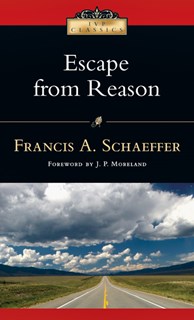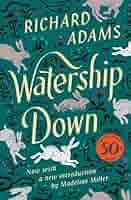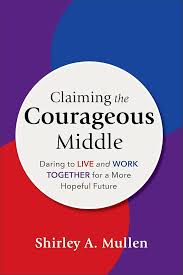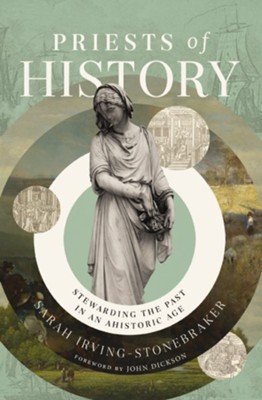What books influenced me most? Here is an updated list of ten that have formed my thought life, my spiritual life, my sense of aesthetics, and how I view and interact with the world.
After making the list I noticed that I read most of them before I was twenty-five. And I suppose that’s to be expected. In mid-life and beyond, I’ve largely been shaped (though hopefully not set in stone). I present these books here roughly in the order in which I read them.
Hamlet—I had a stellar high school English teacher who spent weeks taking us line by line through what he called the greatest play by the greatest author in history. Mr. Ryan opened our eyes to a feast so we could partake of a whole new world of life, ideas, emotion, and drama. Though I didn’t quite grasp it at the time, Hamlet grounded me in notions of the good, the true, and the beautiful.

Escape from Reason—Francis Schaeffer’s book taught me that ideas had consequences and that Christians could engage the world of philosophy and learning with confidence.
Mere Christianity—Lewis’s classic still stands as a landmark of clear thinking. Just the other day I was talking with someone who said we can only know for certain what is objective. Lewis’s thoughts on self-contradiction modeled for me how to respond: “But isn’t your statement about objectivity itself a subjective judgment?”
How to Read a Book—Mortimer Adler’s and Charles Van Doren’s essential guide shows us a wide variety of ways to understand and appreciate what we read. More than that, this still widely used volume taught me much about how to think.
The Lord of the Rings—Tolkien’s trilogy showed me the power of imagination. In creating a fictional world of orcs, wizards, Hobbits and Ents, he made courage, honor, faith, friendship, goodness, truth, and love believable in our world too.
Knowing God—Early in my adulthood J. I. Packer focused me on the centrality of what we were made for, of what brings true wisdom, and on what the essence of eternal life is—to know God. And there my attention remains.

Watership Down—The structure, characters, action, setting, themes and tone of this near perfect novel are so skillfully and compellingly presented that we forget we are reading a 400-page book about rabbits.
The Cross and the Prodigal—I read this in the mid-1970s, in its original Concordia edition. Kenneth Bailey so revolutionized the way I read the New Testament that I was delighted to bring it back into print at InterVarsity Press in 2005.
The Sparrow—Mary Doria Russell’s novel, set in the near future, is a thoroughly profound, readable, and gripping meditation on ultimate questions and on walking with those who suffer. The characters on this multi-year journey are not only supremely believable but are so fascinating, intelligent, mature, and likeable that I wished I could have joined them. And I did.

Jesus and the Victory of God—This tour de force by N. T. Wright still astonishes in its ability to challenge academic conventional wisdom on the one hand and the church on the other. Here is a book that unveils the cosmic, multi-dimensional achievement of Jesus.














